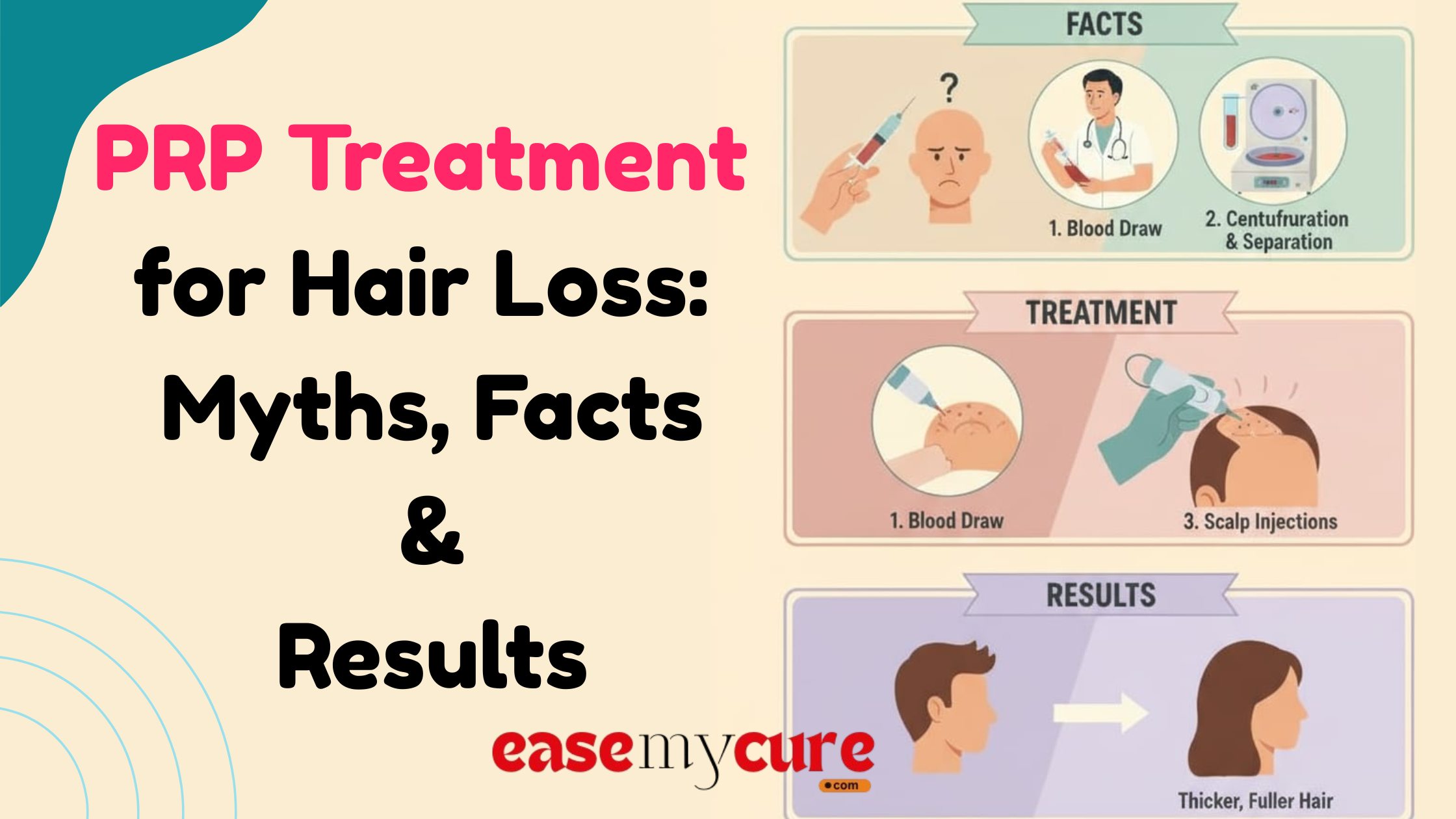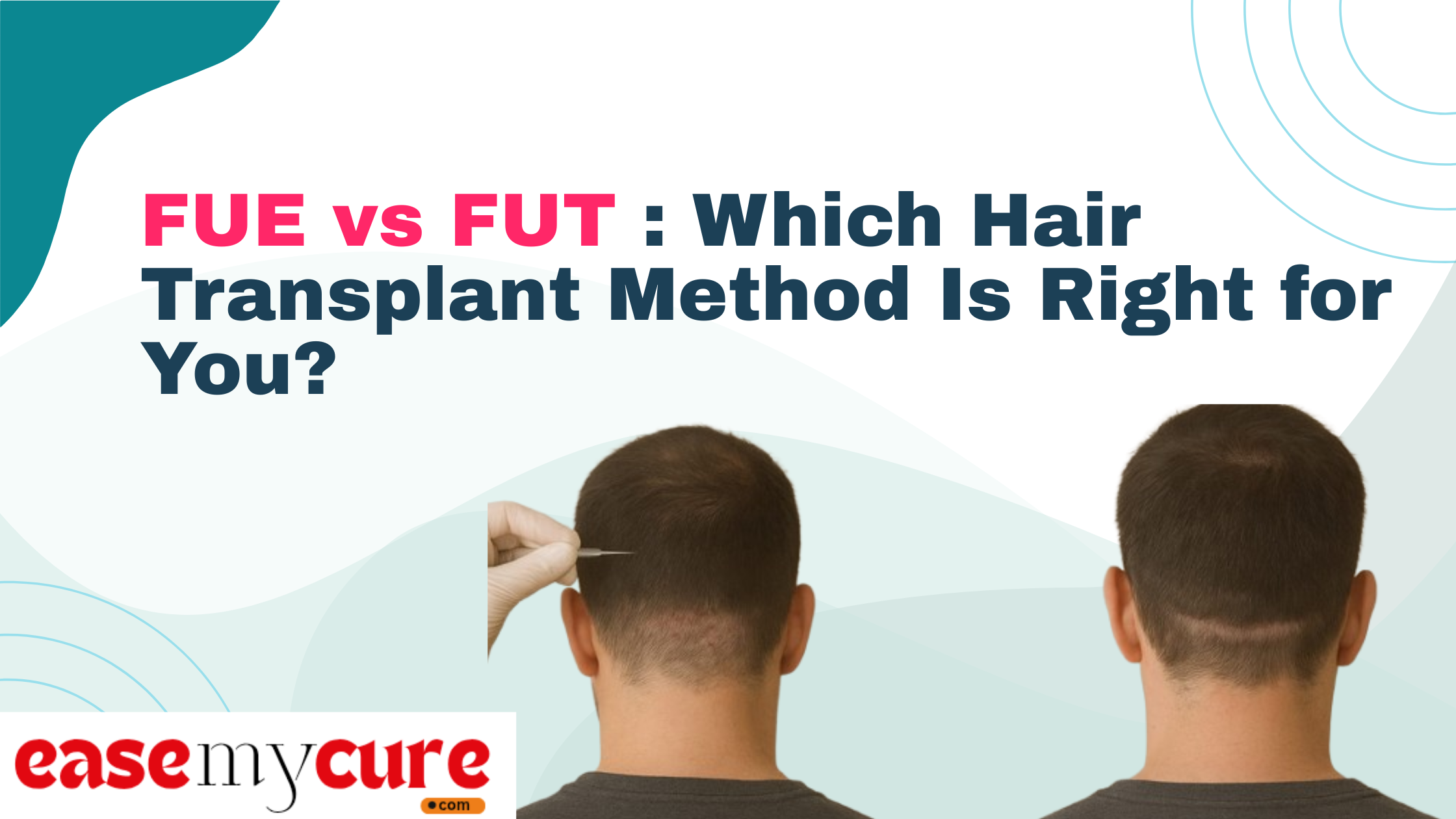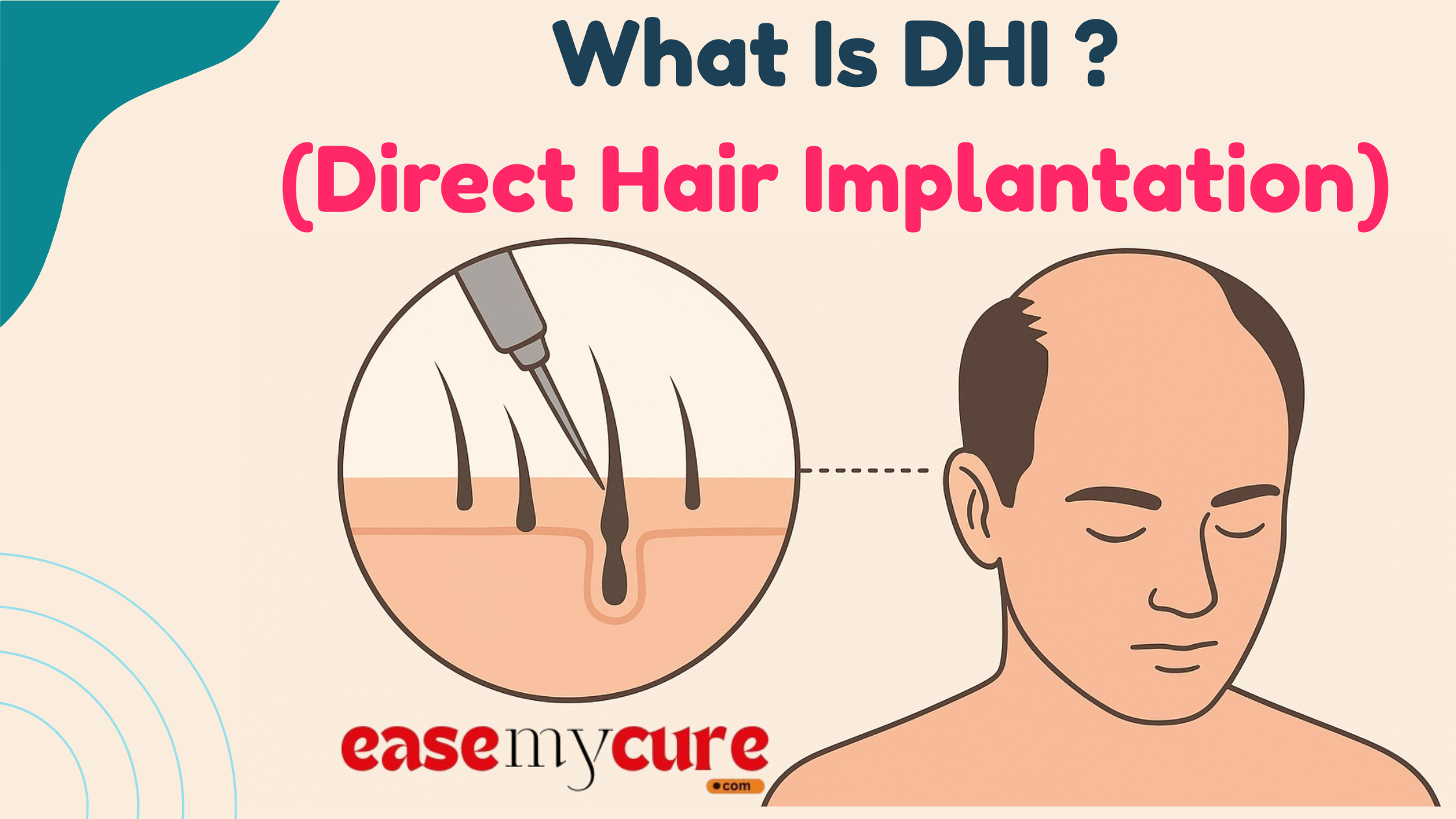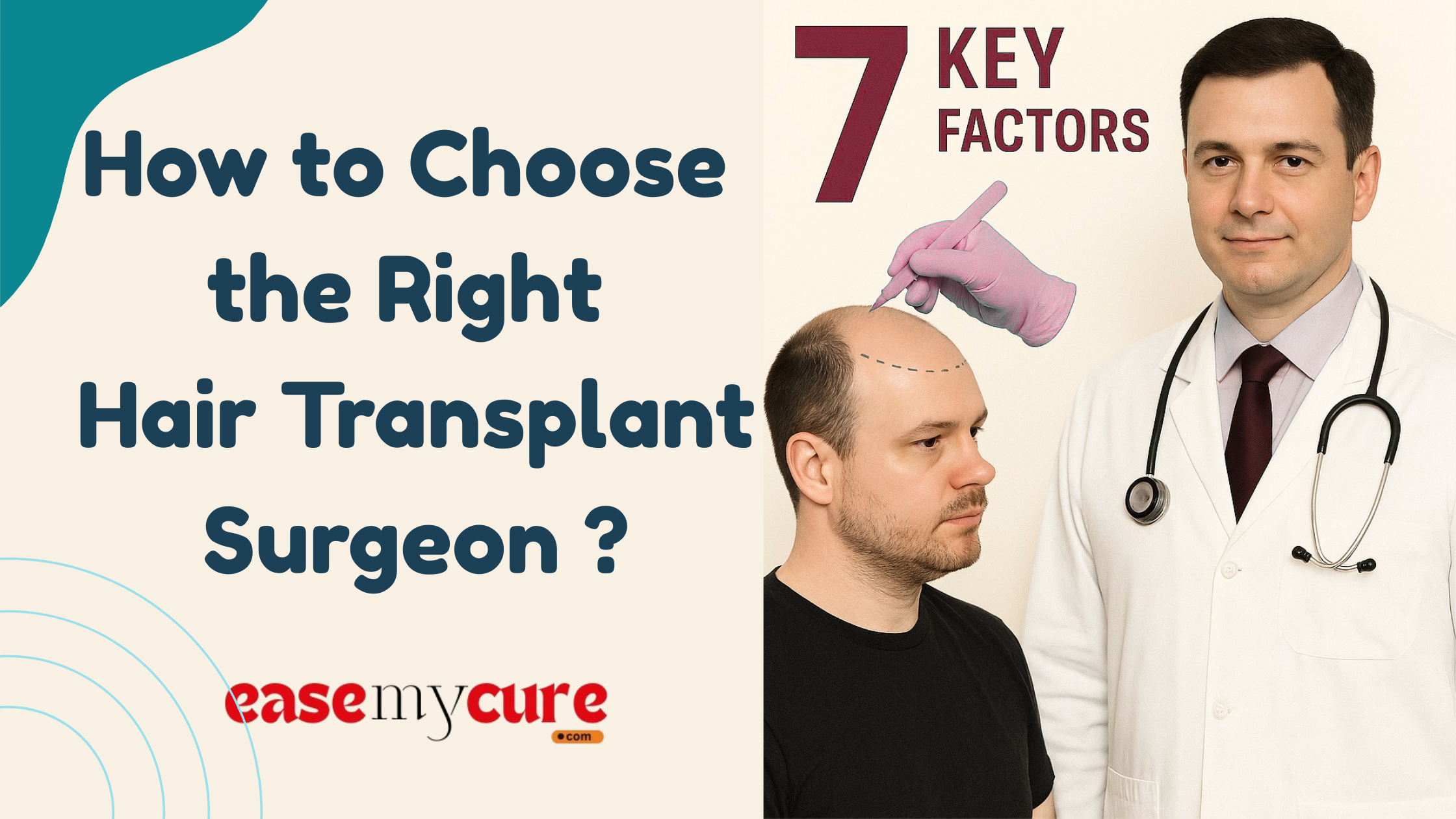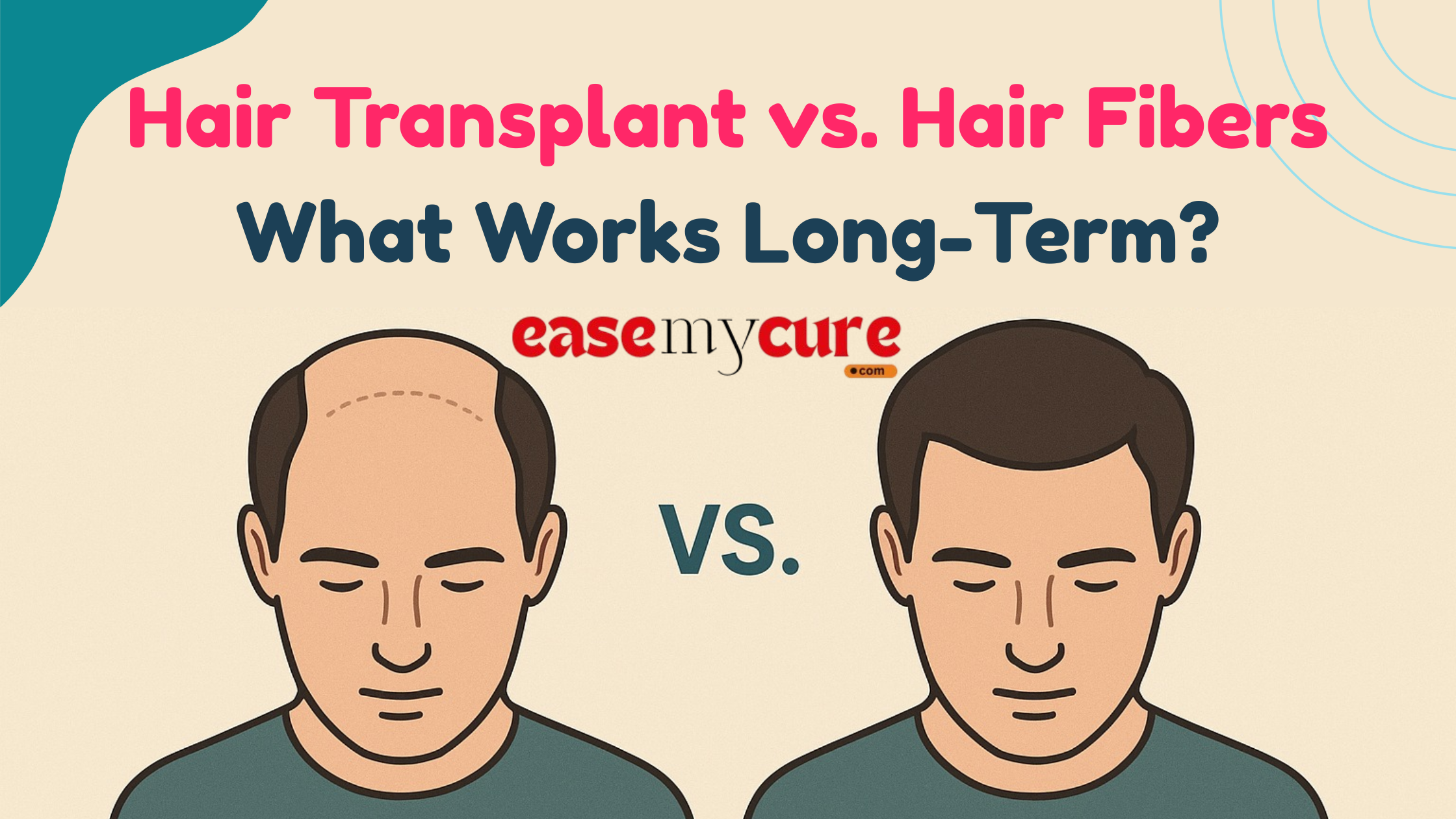Hair loss can be a distressing experience, affecting confidence and self-esteem for both men and women. With a growing number of treatments available, Platelet-Rich Plasma (PRP) therapy has gained significant popularity as a minimally invasive option to combat thinning hair. From celebrities to everyday individuals, many have turned to PRP for hair restoration, but is it truly effective?
The buzz around PRP treatment for hair loss has been accompanied by numerous claims, some rooted in truth, while others are simply myths. Does PRP offer instant results? Is it a miracle cure for baldness? Is it painful or unsafe? These are just some of the questions surrounding this therapy.
This blog aims to demystify PRP therapy by exploring the facts, debunking the common misconceptions, and providing you with a realistic understanding of what this treatment can achieve.
What Is PRP Treatment for Hair Loss?
PRP stands for Platelet-Rich Plasma, a component derived from your own blood that is rich in growth factors and proteins responsible for tissue regeneration and healing. Originally used in orthopaedics and sports medicine, PRP has now found a niche in aesthetic and dermatological procedures, particularly hair restoration.
How It Works
The PRP procedure involves drawing a small amount of the patient’s blood and placing it into a centrifuge to separate the plasma from the red and white blood cells. The resulting plasma, which contains a high concentration of platelets, is then injected into the scalp where hair thinning is present.
These platelets release growth factors that stimulate hair follicles, improve blood circulation, and enhance the thickness and strength of existing hair. Essentially, PRP "wakes up" dormant follicles and prolongs the growth phase of hair (known as the anagen phase).
The PRP Process Step-by-Step:
- Consultation & Assessment – A dermatologist evaluates your scalp health, degree of hair loss, and overall suitability.
- Blood Draw & Separation – Roughly 10-20 ml of blood is taken and spun in a centrifuge.
- Activation & Injection – The PRP is activated and injected into targeted areas of the scalp using fine needles.
- Post-Care – Mild soreness may occur. Patients can return to routine activities the same day.
PRP is commonly recommended for androgenetic alopecia (pattern baldness) and telogen effluvium. It's less effective for complete baldness or in cases where follicles are no longer active. Most people require multiple sessions, spaced about 4–6 weeks apart, followed by maintenance sessions every 4–6 months.
PRP doesn’t implant new follicles but rather optimises the health and performance of existing ones. It’s a natural way to boost your body's ability to grow hair without chemicals or surgery.
Myths & Facts About PRP for Hair Loss
Despite its growing popularity, PRP treatment for hair loss remains surrounded by a mix of hype, hope, and hearsay. If you’ve searched online or asked around, you’ve probably heard both glowing endorsements and dismissive scepticism. So, what’s real and what’s myth?
Below, we separate science-backed facts from the common misconceptions to give you a well-rounded understanding of PRP hair therapy.
Myth 1: PRP treatment gives instant results
Fact: Patience is essential with PRP therapy. One of the most common misconceptions is that hair starts growing immediately after the first session. In reality, PRP works by stimulating the natural hair growth cycle, which takes time.
Most patients start noticing reduced hair fall within 4 to 6 weeks, but visible regrowth generally takes 3 to 6 months. Full results may not be noticeable until after 12 months, depending on the individual's response and the severity of hair loss. It's a gradual process, not an overnight transformation.
Myth 2: PRP is a permanent solution for baldness
Fact: PRP therapy is not a permanent cure, especially for advanced baldness where hair follicles are no longer viable. It works best when hair follicles are still alive but underperforming typically in the early to moderate stages of androgenetic alopecia (pattern baldness).
PRP prolongs the anagen phase (growth phase) of hair and revitalises weak follicles, but it cannot revive dead follicles. As hair loss is often progressive, maintenance sessions every 6–12 months are required to sustain the results.
Myth 3: PRP is only effective for men
Fact: PRP therapy is equally beneficial for women experiencing hair thinning, hormonal hair loss, or post-pregnancy shedding. In fact, conditions like female pattern hair loss (FPHL) or traction alopecia (caused by tight hairstyles) are often treatable with PRP.
Unlike medications such as Finasteride, which are not approved for use in women, PRP is a gender-neutral, non-hormonal treatment, making it safe and effective for both men and women.
Myth 4: The procedure is painful and unsafe
Fact: This is an overblown concern. While PRP involves multiple injections into the scalp, the discomfort is generally mild. Most clinics apply a topical anaesthetic to minimise pain. Patients often describe the sensation as a slight pressure or pinching, not unbearable pain.
Since the PRP is derived from your own blood, there is virtually no risk of allergic reaction or rejection. Side effects are minimal some people experience mild swelling, redness, or tenderness at the injection site, but these effects subside within 24–48 hours.
Myth 5: There’s no scientific evidence that PRP works
Fact: Numerous clinical studies and peer-reviewed trials support the effectiveness of PRP in treating hair loss. One well-known study published in Dermatologic Surgery in 2019 showed that PRP significantly improved hair count, thickness, and density in patients with androgenetic alopecia.
Another meta-analysis published in the Journal of Cosmetic Dermatology confirmed that PRP therapy enhances hair regrowth, improves hair shaft diameter, and increases follicle survival. These results show consistency across different age groups and hair loss severities.
However, PRP is not a miracle; outcomes can vary based on patient age, lifestyle, medical history, and genetics. Still, it's far from a placebo.
Myth 6: PRP hair treatment results last forever
Fact: PRP hair results are long-lasting but not permanent. Because hair loss is often a chronic, progressive condition, especially when caused by genetic or hormonal factors, ongoing maintenance is crucial.
Think of PRP as a hair health booster, not a one-time cure. To preserve results, dermatologists recommend a series of 3–4 initial treatments spaced 4–6 weeks apart, followed by maintenance sessions every 6–12 months. Skipping maintenance may lead to a slow return of hair thinning.
Myth 7: PRP is just an expensive beauty trend
Fact: While PRP treatment isn't inexpensive, dismissing it as a mere fad undermines its medical roots and therapeutic potential. PRP was first used in orthopaedics and sports medicine to treat injuries and accelerate healing. Its benefits are grounded in regenerative science.
For individuals in the early stages of hair loss, PRP can delay or even eliminate the need for more invasive options like hair transplants. When compared to the ongoing cost of topical treatments, medications, or cosmetic solutions, many patients find PRP to be a worthwhile, long-term investment in their hair and confidence.
Conclusion
Misinformation spreads quickly, especially in health and wellness spaces. While PRP therapy isn't a miracle, it's a legitimate, minimally invasive solution backed by science, clinical trials, and growing patient success stories. Knowing what to expect and what to ignore ensures you approach PRP with realistic expectations and informed confidence.
If you're considering PRP treatment for hair loss, speak to a certified dermatologist or trichologist for a personalised assessment. Ready to fight hair loss with PRP? Compare top-rated clinics near you on easemycure and schedule your consultation now.
Please Check This Also:- Top 10 Hair Transplant Clinics
FAQs
